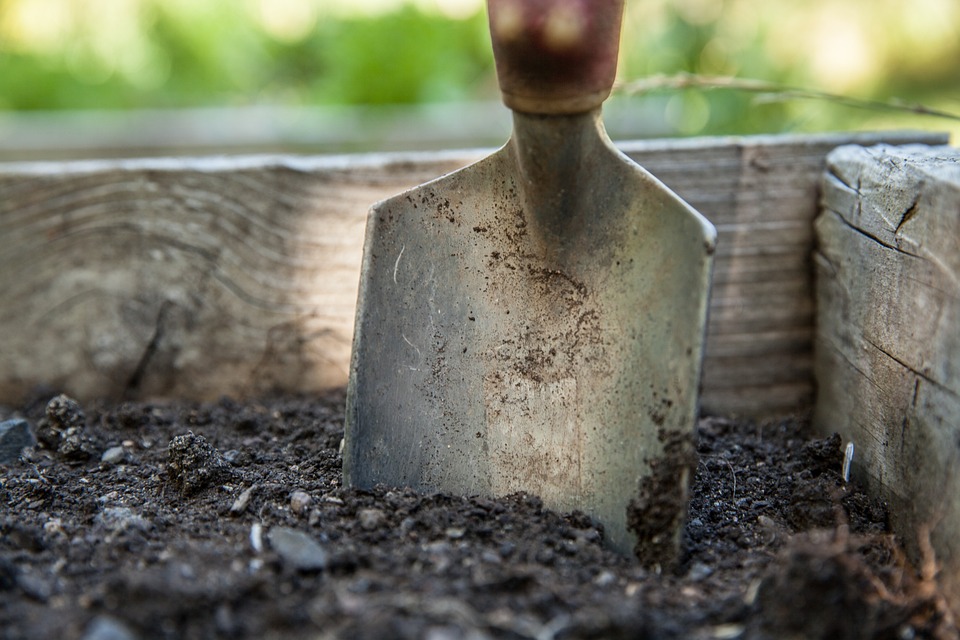Introduction
Soil, one of Earth’s most precious resources, plays a critical role in sustaining life.
Unfortunately, soil degradation caused by unsustainable agricultural practices, deforestation, and industrial activities is putting our planet at risk.
However, by adopting sustainable soil care practices, we can reverse this trend and safeguard our environment for future generations.
The Importance of Soil
Healthy soil is the foundation of a thriving ecosystem.
It provides essential nutrients to the plants, supports the diverse world of microorganisms, and acts as a natural water filter.
Additionally, soil sequesters carbon, playing a vital role in mitigating climate change.
By preserving and nurturing our soil, we can restore its health and ensure a sustainable future.
The Threat of Soil Degradation
Despite its importance, soil degradation is a widespread issue.
Intensive agriculture practices that emphasize chemical fertilizers and pesticides lead to a decline in soil fertility and healthy microbial activity.
Deforestation and urbanization also contribute to soil erosion, leaving large tracts of barren land.
If left unchecked, soil degradation will have devastating consequences for food security, water quality, and the overall health of our ecosystems.
The Solution: Sustainable Soil Care
Sustainable soil care involves implementing practices that maintain or enhance soil health while minimizing environmental impact.
This approach promotes the use of organic matter, cover crops, and crop rotation to restore soil fertility and structure.
It encourages the reduction of chemical inputs, conserves water, and prevents erosion through proper land management techniques.
By adopting sustainable soil care, we can rebuild the health of our soil and protect the planet.
The Benefits of Sustainable Soil Care
Implementing sustainable soil care practices brings numerous benefits.
Firstly, it enhances soil fertility, leading to higher crop yields without the need for excessive chemical inputs.
Healthy soil retains water, reducing irrigation requirements and improving drought resilience.
Sustainable soil care also improves biodiversity, as healthy soils support a wide range of organisms crucial for ecological balance.
Lastly, by sequestering carbon dioxide, soil acts as a carbon sink, helping to combat climate change.
FAQs Section
Q: How long does it take to restore degraded soil?
A: The time required to restore degraded soil depends on various factors, including the extent of degradation, the chosen restoration techniques, and local environmental conditions.
In some cases, significant improvements can be seen within a few years, while others may take decades.
However, by consistently implementing sustainable soil care practices, we can gradually restore soil health over time.
Q: Can sustainable soil care practices be implemented on a large scale?
A: Yes, sustainable soil care practices can be implemented on a large scale.
In fact, scaling up these practices is crucial to address global soil degradation.
Governments, organizations, and farmers can work together to promote sustainable agriculture techniques, provide training and financial incentives, and enforce regulations that encourage soil-friendly practices.
Collaboration at different levels is essential to ensure widespread adoption of sustainable soil care methods.
Q: What is the role of consumers in promoting sustainable soil care?
A: Consumers have a significant influence on agricultural practices through their purchasing choices.
By supporting organic and regenerative farming methods, consumers can encourage farmers to prioritize sustainable soil care.
Choosing locally sourced, seasonal produce minimizes the environmental impact associated with long-distance transportation.
Additionally, composting household waste and using organic fertilizers in backyard gardens contribute to soil health at an individual level.
Q: How does sustainable soil care contribute to climate change mitigation?
A: Sustainable soil care helps combat climate change by sequestering carbon dioxide in the soil.
Through practices such as cover cropping, crop rotation, and reduced tillage, carbon from the atmosphere is captured and stored in organic matter within the soil.
This process, known as carbon sequestration, not only reduces greenhouse gas emissions but also improves soil structure and fertility.
By adopting sustainable soil care practices, we can actively contribute to climate change mitigation efforts.




